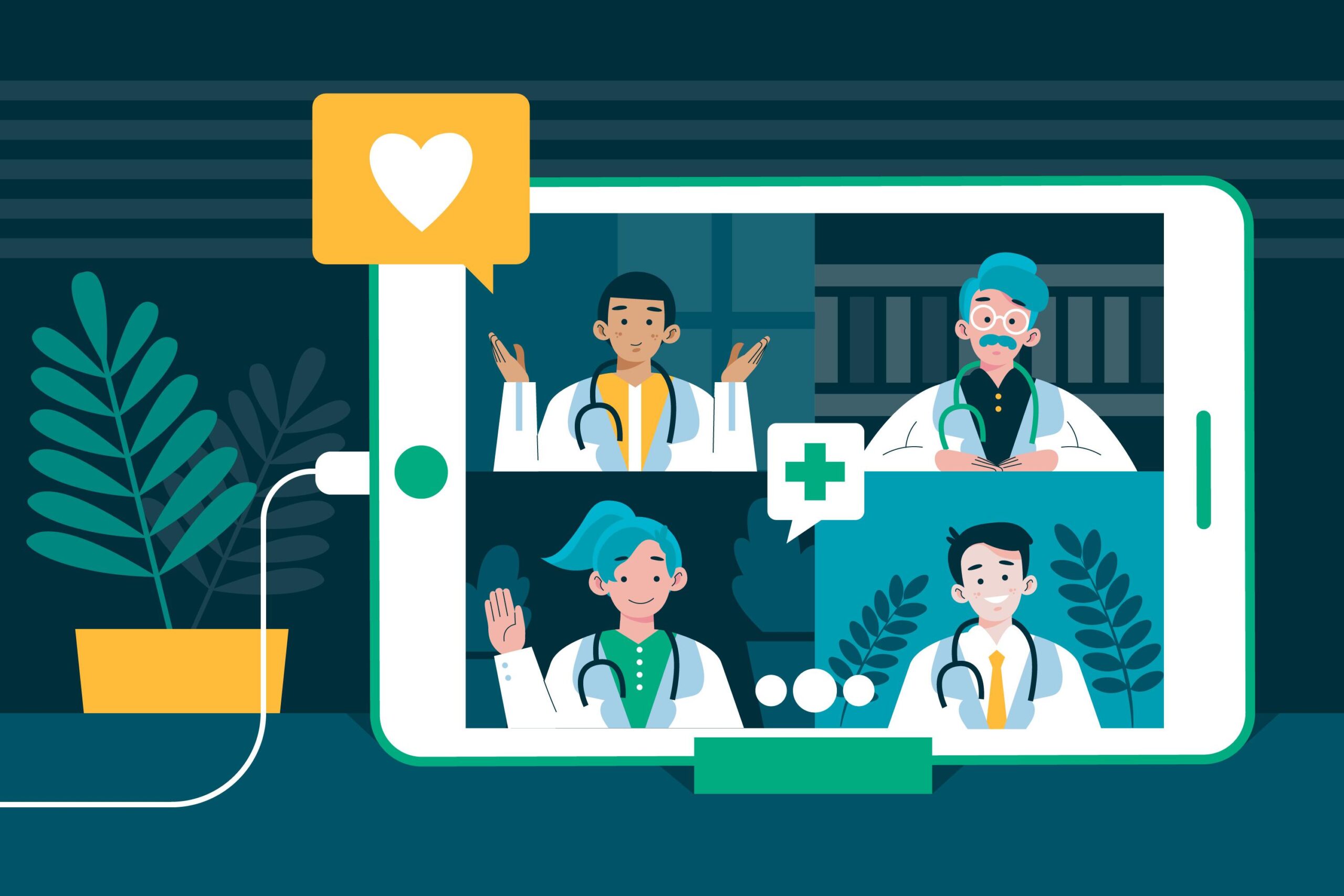How Doctors Are Incorporating Telemedicine for Better Patient Outcomes

The healthcare landscape has dramatically evolved with the rise of telemedicine, providing both patients and healthcare providers with more accessible, efficient, and cost-effective care. Telemedicine is now an integral part of modern healthcare, allowing doctors to offer remote consultations, monitor patients, and improve overall health outcomes. Here’s how doctors are incorporating telemedicine to enhance patient care and why it’s making such a significant impact.
1. Expanding Access to Healthcare
One of the most significant benefits of telemedicine is its ability to bring healthcare to patients in remote or underserved areas. For many individuals, traveling long distances to see a doctor is difficult, and telemedicine eliminates that barrier.
How It Works: Doctors use video conferencing tools to connect with patients regardless of location. This allows patients in rural areas, or those with mobility issues, to receive quality care without the need for travel.
Patient Outcome Impact: Patients can access medical advice promptly, reducing delays in diagnosis and treatment, which leads to faster recovery times and improved overall health outcomes.
2. Reducing Wait Times and Improving Efficiency
Telemedicine helps reduce overcrowding in clinics and hospitals by offering a convenient alternative for non-emergency consultations. This frees up resources for those who need in-person care while reducing wait times for all patients.
How It Works: Doctors can schedule virtual appointments for routine check-ups, follow-ups, and consultations that don’t require physical examination. Telemedicine platforms often allow patients to see doctors sooner than traditional appointments would allow.
Patient Outcome Impact: Patients receive timely care, reducing anxiety and preventing minor issues from escalating into more severe conditions.
3. Enhancing Chronic Disease Management
For patients managing chronic conditions such as diabetes, hypertension, or heart disease, regular monitoring is essential. Telemedicine offers a way to stay on top of health without the need for frequent in-person visits.
How It Works: Doctors use remote monitoring tools to track patients’ vital signs and health data in real-time. For example, wearable devices can record blood pressure, glucose levels, or heart rate, which are then transmitted directly to the healthcare provider.
Patient Outcome Impact: With real-time data and consistent monitoring, doctors can make faster adjustments to treatment plans, helping prevent complications and ensuring better long-term health outcomes.
4. Improving Mental Health Care
Telemedicine has significantly impacted the field of mental health by making therapy and counseling services more accessible. Patients dealing with anxiety, depression, or other mental health conditions often prefer the privacy and convenience of virtual consultations.
How It Works: Psychiatrists and therapists offer counseling sessions via secure video calls, allowing patients to attend therapy from the comfort of their homes. Some platforms also offer 24/7 support for emergencies.
Patient Outcome Impact: Patients are more likely to seek help when it’s easily accessible. With telemedicine, mental health professionals can offer timely interventions, helping patients manage their conditions more effectively.
5. Cost-Effective Care for Patients and Providers
Telemedicine reduces the costs associated with healthcare by minimizing the need for physical office visits, transportation, and in some cases, hospital admissions.
How It Works: Doctors can manage a higher volume of patients remotely, cutting down on overhead expenses like office space and utilities. Patients save on travel costs, and in some cases, the cost of telemedicine consultations is lower than in-person visits.
Patient Outcome Impact: Cost savings for patients mean they are more likely to seek care when needed, leading to better health outcomes. Additionally, the reduced financial burden can improve adherence to treatment plans.
6. Real-Time Collaboration Between Specialists
Telemedicine allows for seamless collaboration between primary care doctors and specialists. In many cases, patients require input from multiple healthcare providers to get the best care.
How It Works: Doctors can set up virtual meetings with specialists to discuss patient cases in real-time, ensuring a more comprehensive approach to diagnosis and treatment.
Patient Outcome Impact: Patients benefit from a team-based approach, where different specialists can offer their expertise without the delays of scheduling separate in-person consultations. This leads to faster diagnosis and more accurate treatment plans.
7. Increased Patient Engagement and Education
Telemedicine platforms often come equipped with tools that enhance patient education and engagement. Patients have access to educational resources, health records, and reminders for appointments or medication.
How It Works: Doctors can share digital resources, such as videos or articles, during telemedicine consultations to educate patients about their conditions. Patients can also access their records online, making it easier to stay informed and engaged in their health.
Patient Outcome Impact: Informed patients are more likely to follow treatment plans, leading to better compliance and improved outcomes. Education also empowers patients to make healthier choices, improving their quality of life.
Conclusion
The incorporation of telemedicine into healthcare is revolutionizing the way doctors deliver care. By expanding access, improving efficiency, and providing better chronic disease management, telemedicine is directly contributing to better patient outcomes. For many, the convenience, cost savings, and enhanced engagement make telemedicine a vital part of their healthcare routine. As technology continues to advance, the role of telemedicine in improving patient care will only grow, offering even more innovative solutions for healthcare providers and patients alike.






